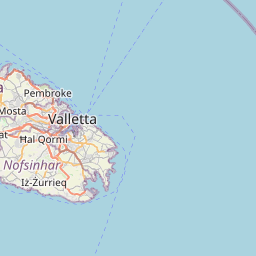This antique map from 1665, titled ‘Melite Insvla’, depicts the island of Malta in the early 17th Century. Melite Insvla translates to ‘Island of Honey’, which is believed to be a reference to the island’s abundant honey production during ancient times.
In the early 17th Century, Malta was a strategically important location due to its location in the Mediterranean Sea. The island was under the rule of the Order of Saint John, who had transformed it into a bustling hub of trade and commerce. The island was also known for its impressive fortifications, which can still be seen today.
Despite its small size, Malta was a melting pot of cultures, with influences from Italy, Spain, and the Middle East all present. The island’s economy was primarily based on agriculture and fishing, with textiles and pottery also being important industries.
San Pawl il-Baħar, Il-Mellieħa, and San Ġ



























